Acoustic (Broadband) Investigation on a HAWT, ANSYS Fluent CFD Simulation Tutorial
$180.00 Student Discount
- The current CFD Analysis simulates the Acoustic performance of a HAWT via ANSYS Fluent software.
- We have designed the initial geometry using ANSYS Design modeler software and created the mesh using ANSYS meshing software.
- The total number of elements is 2,696,011.
- The Broadband acoustic model has been used for acoustic modeling.
- MRF method has been used in Cell Zone Conditions for turbine rotation.
To Order Your Project or benefit from a CFD consultation, contact our experts via email ([email protected]), online support tab, or WhatsApp at +44 7443 197273.
There are some Free Products to check our service quality.
If you want the training video in another language instead of English, ask it via [email protected] after you buy the product.
Description
Description
In this simulation, the acoustic performance of a wind turbine and the noises created by it at different points of its surrounding domain have been investigated. The project is done in a transient state with the help of ANSYS Fluent software.
This turbine rotates at a speed of 72 radians/second around the horizontal axis. A stream of air moves towards it at a speed of 15 meters/second. Several points in front and behind the turbine have been selected for investigation. The acoustic parameters in this project have been compared with the ‘Acoustic (FWH) Investigation on a HAWT, ANSYS Fluent CFD Simulation Tutorial‘ Project.
Notably, in this acoustic method, the Broadband model, the point must be created in the Surface-Create-Point tab available on the Domain tab. It then should define plots in the Report Definitions tab to plot them transiently in every defined time step.
Design modeler software was used to model the geometry of this problem. ANSYS meshing software was also used to mesh this geometry. The type of element is Tetrahedral, and their final number is 2,696,011.
This product is the 6th episode of the Acoustic Model Training Course.
Methodology: Acoustic (Broadband) Investigation on a HAWT
The Broadband acoustic model has been used for acoustic modeling. Also, the MRF method has been used in Cell Zone Conditions for turbine rotation.
The used turbulence model is K-ω SST.
Conclusion
In conclusion, the Acoustic parameters of the solution include the following parameters in the domain or all of the points defined in the domain are extracted separately:
- Acoustic Power Level (dB)
- Surface Acoustic Power Level (dB)
- Power Spectral Density
- Lilley’s Self-Noise Source
- …
It can be seen that the amount of Acoustic Power Level (dB) has increased significantly on the surface of the turbine by moving away from the hub as its magnitude velocity increases.
You can compare the parameters of this Project with the mentioned Project in the description, which is the same model but solved using the Williams & Hawkings Model.
Finally, the final calculation’s contours, plots, pathlines and FFTs are achieved, and they are visible as figures.
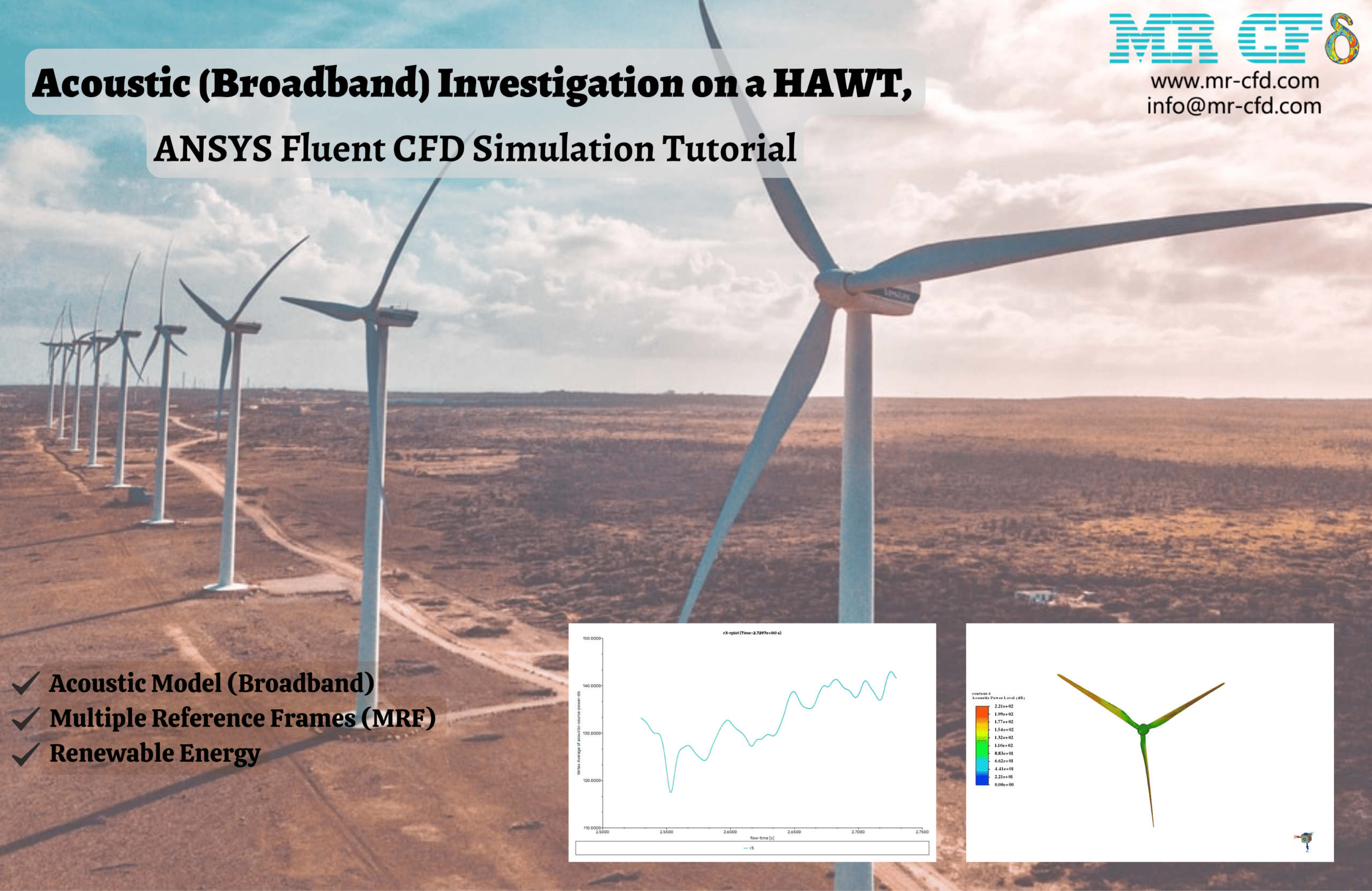
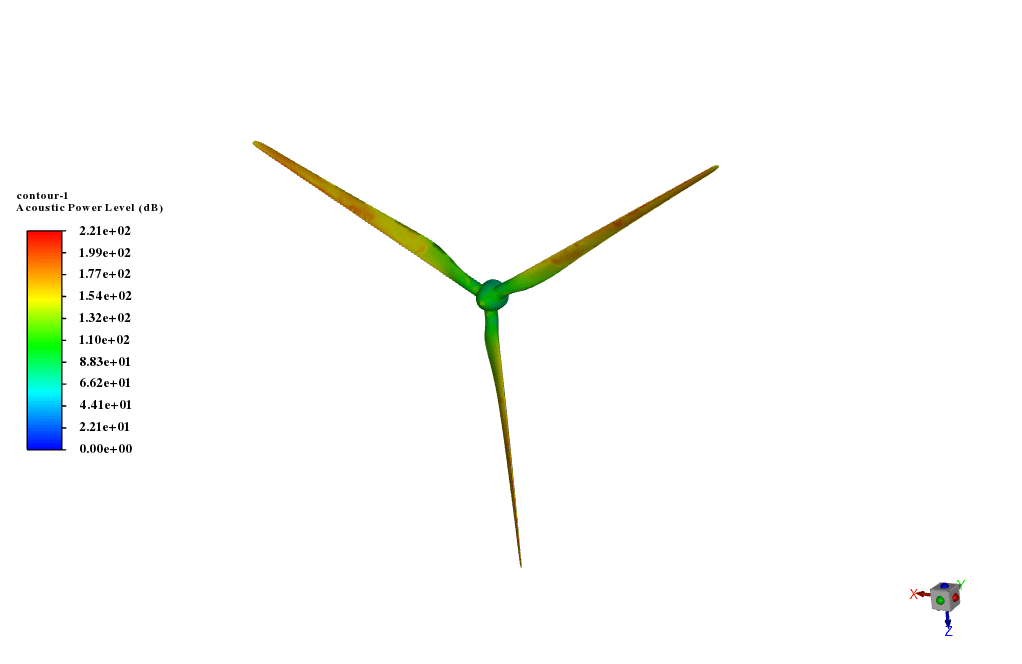
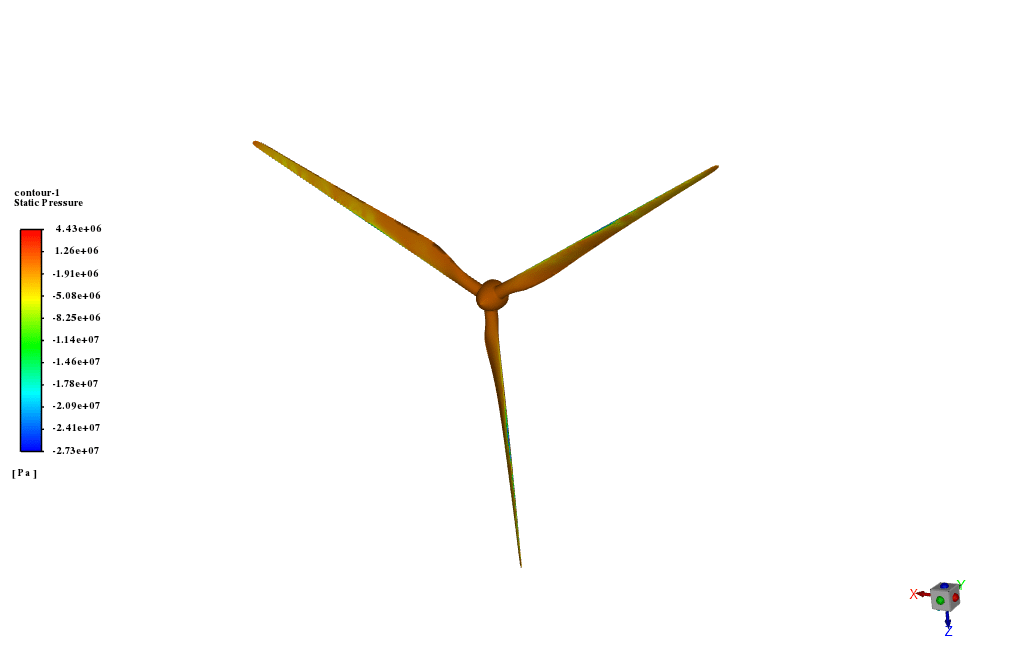
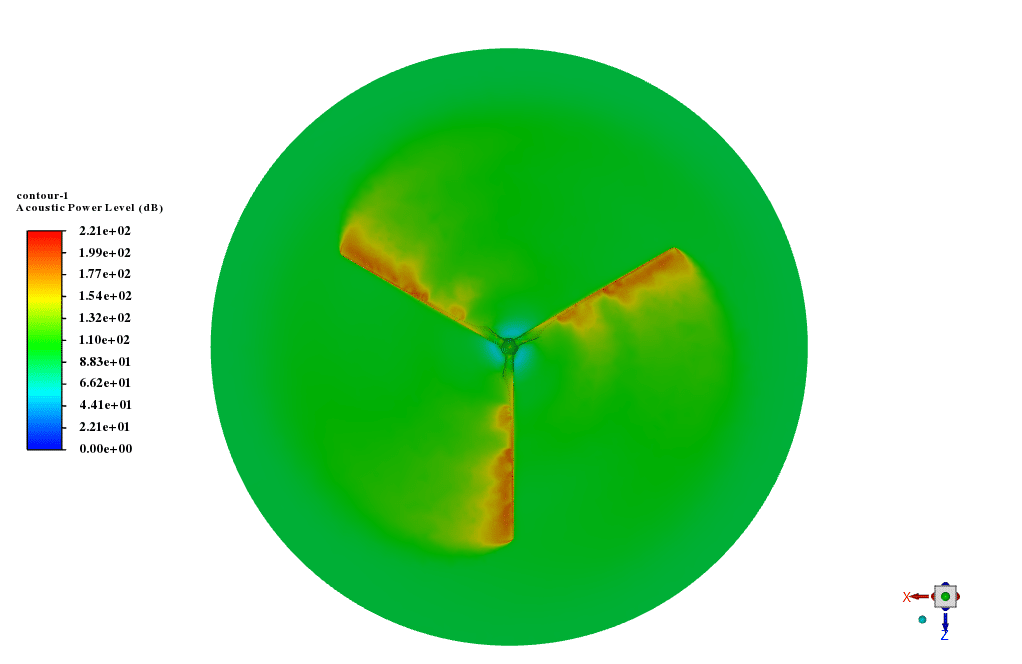
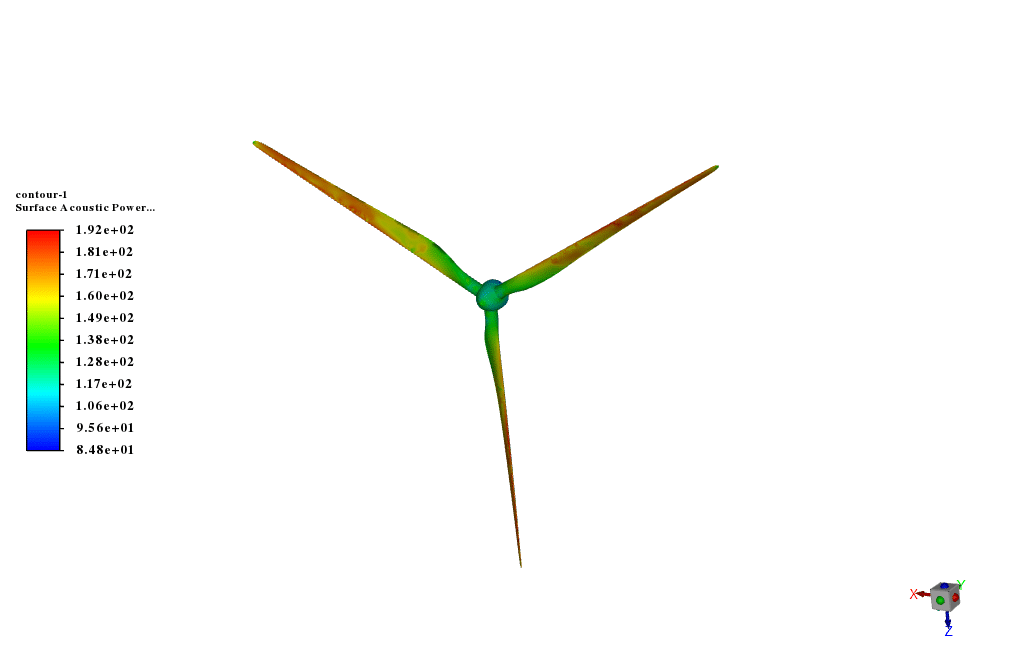
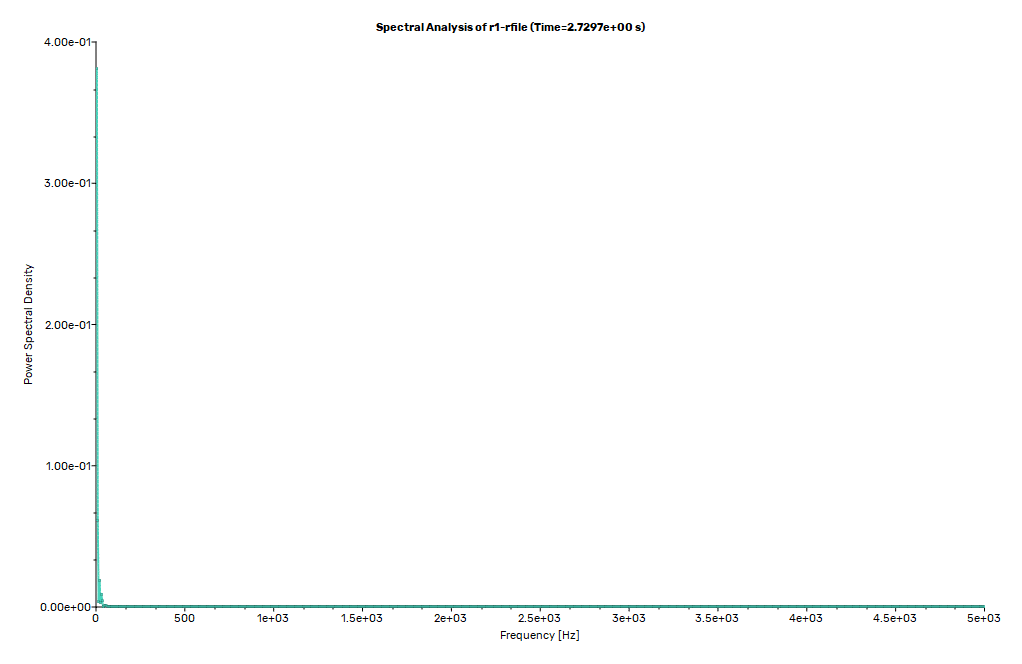
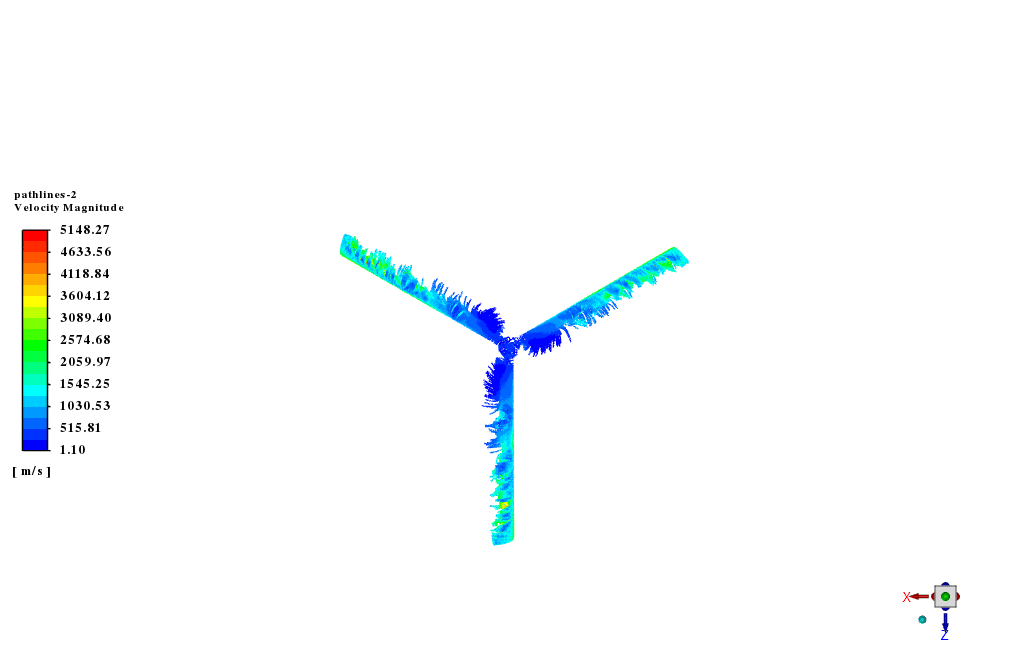
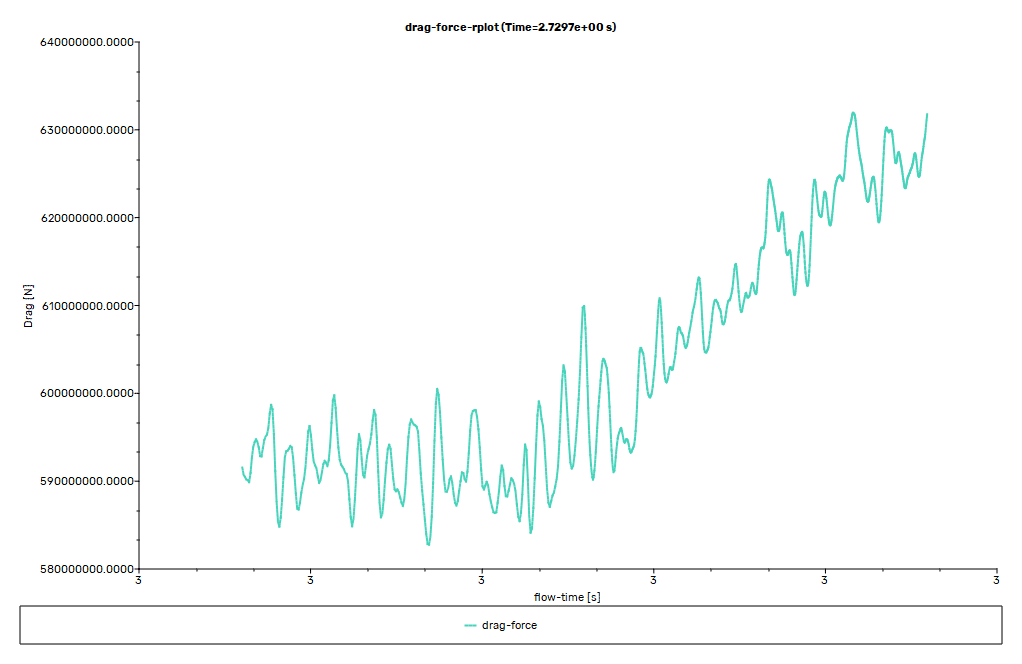
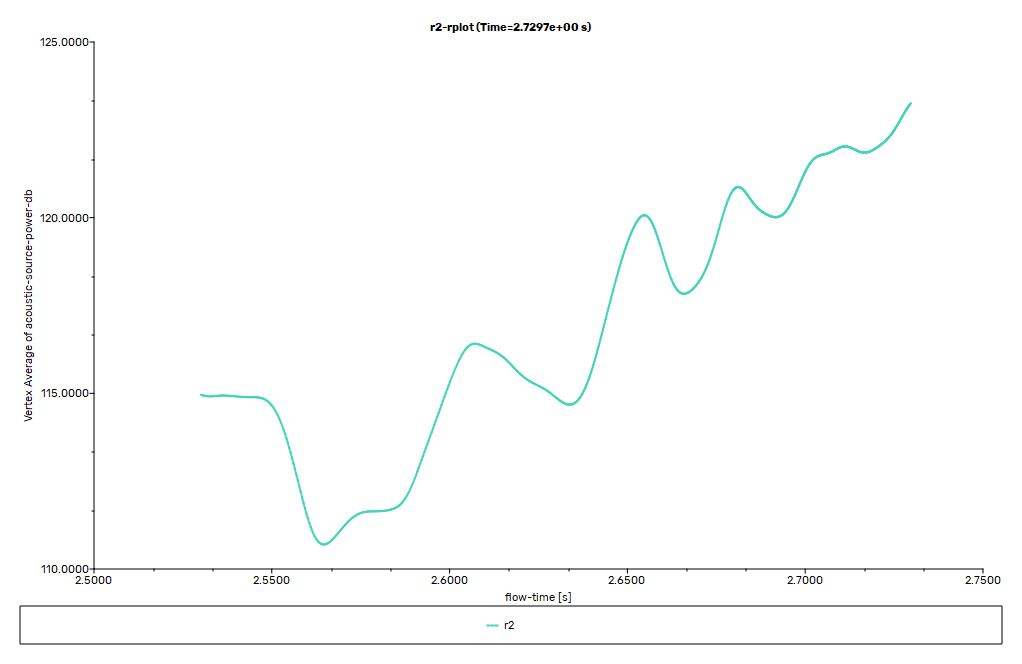
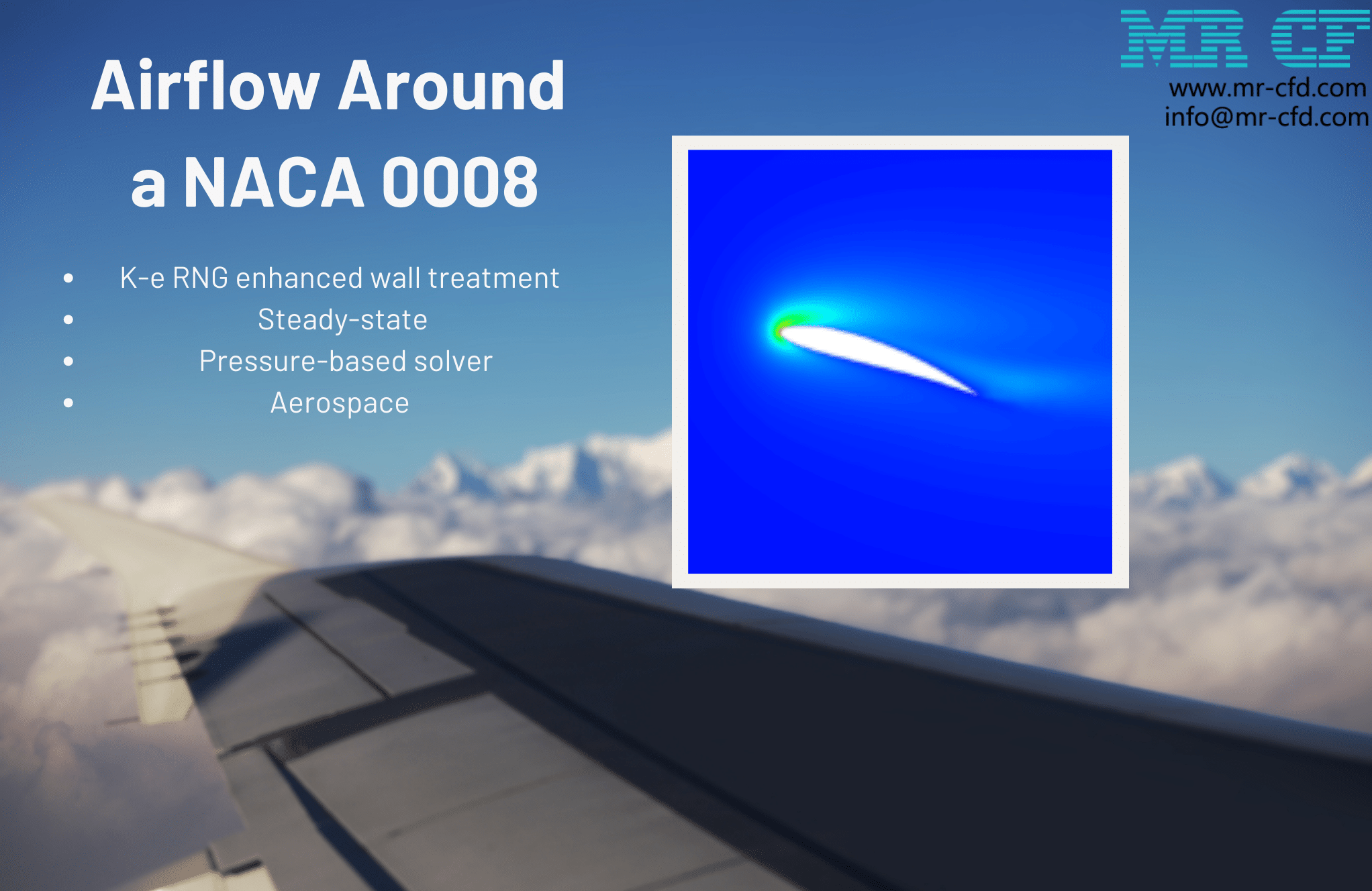
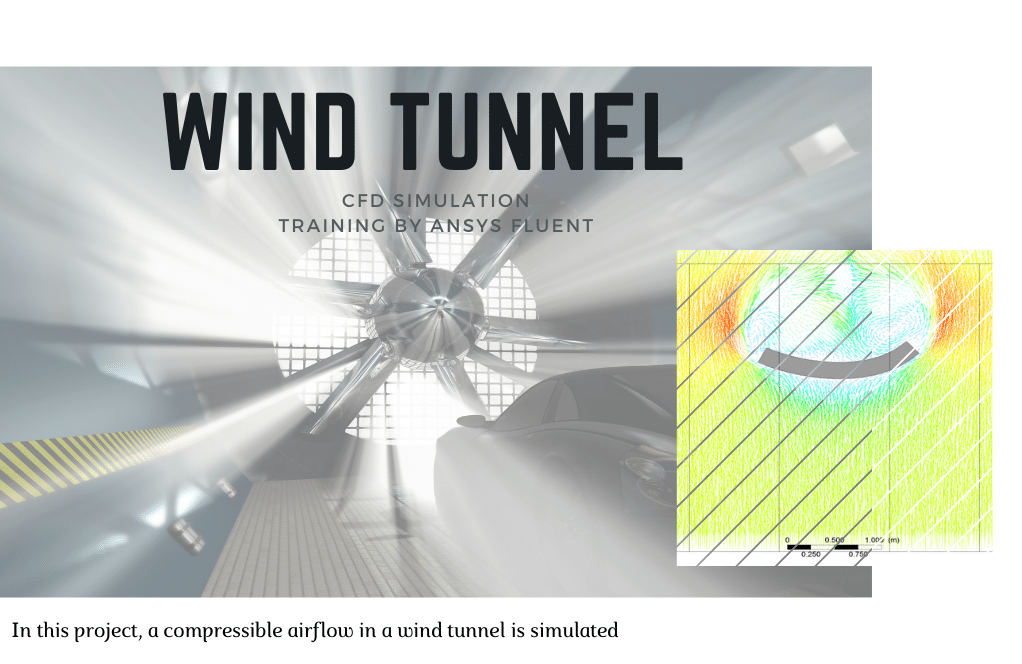

Roel Kautzer –
I’m impressed with the depth of this acoustic performance analysis on the HAWT using the Broadband method. Can you tell me more about how the MRF method was utilized in this simulation and why it was the chosen approach here for turbine rotation?
MR CFD Support –
The MRF (Multiple Reference Frame) method is used to simulate the rotation of the turbine without actually having to rotate the mesh, thus simplifying the computational requirements. By employing a rotating reference frame for the region around the blades, it applies a pseudo-steady approach within that rotating zone, creating the necessary relative motion effect. This method was chosen for its efficiency and accuracy when modeling steady rotation in a fluid domain, such as the spinning blades of a Horizontal Axis Wind Turbine (HAWT).
Dr. Hubert Friesen –
Are the selected points for acoustic investigation both upstream and downstream of the turbine, and how does their placement affect the results?
MR CFD Support –
The selected points for acoustic investigation are indeed located both upstream and downstream of the turbine. The positioning of these points affects the accuracy and relevance of the acoustic data collected, as it allows for analysis of the sound profile generated by the turbine in different directions and at various distances. By having points in both locations, one can understand the impact of the turbine’s operation on its immediate surroundings and therefore develop a more comprehensive noise profile.
Crystel Ullrich –
I’m really impressed by the level of detail in the contours and plots. The tutorial was comprehensive and easy to follow. I appreciate the comparisons made with the other acoustic investigation project.
MR CFD Support –
Thank you for your feedback! We’re glad to hear that the tutorial’s detail level and the side-by-side comparisons with the Acoustic (FWH) Investigation Project have been helpful and informative for you. If you have any more inquiries or need further clarification, don’t hesitate to reach out!
Cyrus Gleason –
The tutorial was very detailed in showcasing the Broadband Acoustic model. The steps were concise and easy to understand. After applying the learning, the results on acoustic power levels and power spectral density were clear and informative. Great work on presenting the CFD process and acoustic analysis in such an accessible format!
MR CFD Support –
Thank you for your positive feedback! We’re thrilled to hear that you found the tutorial detailed and easy to understand. Our goal is to provide comprehensive guidance that empowers users to confidently apply CFD techniques to acoustic analysis. Your satisfaction with the clarity and informativeness of the results validates our efforts. We hope our tutorials continue to be helpful for your future projects!
Ali Grant –
Fantastic product! I could clearly perceive the increase in the Acoustic Power Level (dB) away from the turbine’s hub, aligning perfectly with the predicted physics. The plots and FFT visualizations were detailed and instrumental for my analysis. It not only provided key insights into acoustic performance but sequence was pretty straightforward.
MR CFD Support –
Thank you for your positive feedback. We are delighted to hear that our Acoustic (Broadband) Investigation tutorial met your expectations and provided you with the clarity and detail necessary for your analysis. If there’s anything else we can assist you with, please let us know.
Prof. Trycia Swift –
Absolutely outstanding experience! The ‘Broadband Investigation on a HAWT’ tutorial was incredibly detailed, guiding me through every step necessary to model and analyze the acoustic performance of a wind turbine. I could get precise measurements of noise levels at various points around the turbine, which has been pivotal for my project. The quality of the instructional content, meshing guidance, and comparison to other acoustic modeling techniques, like the Williams & Hawkings model, provided a comprehensive understanding. It’s clear that MR CFD puts tremendous effort into these resources.
MR CFD Support –
We are delighted to hear that our ‘Broadband Investigation on a HAWT’ tutorial met your expectations and proved to be extremely valuable for your project. MR CFD is committed to providing high-quality, educational simulations that deliver a thorough understanding of complex acoustic analyses. Your feedback is greatly appreciated, and it motivates us to continue developing informative and effective learning products. Thank you for your positive review!
Hilbert Predovic –
I’m interested in understanding how the acoustic power level was measured on the turbine’s surface – can you explain the process?
MR CFD Support –
The Acoustic Power Level on the turbine’s surface is measured by using the Broadband noise model within the ANSYS Fluent software. To capture this, points of interest are determined and created in the Surface-Create-Point tab on the Domain tab. These points establish the locations at which acoustic data are measured. Once set up, during the transient simulation, at each defined time step, the software calculates the acoustic power emitted from the surface at these points. Report Definitions within ANSYS are utilized to create plots of these measurements transiently, allowing for an analysis of how the Acoustic Power Level varies in dB at different locations on the turbine’s surface throughout the simulation period.
Lura Buckridge –
Can the Broadband model in this simulation be used to predict noise impacts on wildlife such as birds and bats around the wind turbine farm?
MR CFD Support –
Yes, the Broadband model can offer insights into how wind turbines can affect wildlife through noise pollution. By investigating and analyzing acoustic power levels and frequencies, we can understand the potential impacts on birds, bats, and other wildlife around wind turbine farms and take steps to mitigate any negative effects.
Dianna Schumm –
The course provided a comprehensive understanding of the acoustic performance analysis using the Broadband model in ANSYS Fluent. The step-by-step guidance for setting up the model and interpreting the results was invaluable, especially the elucidation of the influence of turbine surface velocity on the acoustic power levels. Through this tutorial, not only did I learn about acoustic simulations but how to effectively utilize Design Modeler and meshing techniques. The comparison with the FWH method was particularly insightful, providing a clear picture of different acoustic modeling approaches.
MR CFD Support –
Thank you for your positive feedback! We are delighted to hear that the tutorial on Acoustic (Broadband) Investigation using ANSYS Fluent was so effective and enlightening for you. Understanding the impact of different factors on acoustic performance is crucial, and we’re glad that the comparison with other methods added value to your learning experience. Your comments encourage us to keep providing high-quality training courses. If you have any more questions or need further assistance, don’t hesitate to reach out!
Ms. Carlie Prohaska –
Fantastic learning material! The step-by-step guide made it easy to follow the complex process of acoustic analysis in CFD. Really impressed by how both the Broadband and FW-H acoustic models were compared in a digestible format!
MR CFD Support –
We are pleased to hear that our Acoustic Investigation on a HAWT tutorial was helpful to you! Understanding the intricacies of acoustic performance in CFD can be challenging, and we are glad our approach to teaching made it easier. Thank you for the positive feedback!
Prof. Johnny Rowe III –
I’m delighted with the clarity of the Acoustic (Broadband) simulation’s methodology and conclusions. It’s fascinating to see how the noise levels vary at different points around the turbine and how the dynamics of sound propagation are captured in the CFD model.
MR CFD Support –
Thank you for your positive feedback! We are thrilled to hear that you found the methodology and results of the Acoustic (Broadband) CFD simulation clear and informative. If you have any more questions about the simulation or any other aspect of our training, we’re here to help!
Prof. Haylie Walsh IV –
The tutorial was very informative. The step-by-step explanation made it really easy to understand the broadband acoustic analysis process for the wind turbine. Great work!
MR CFD Support –
Thank you for your positive feedback! We’re delighted to hear that our tutorial on acoustic analysis was easy to understand and helpful. If you have any more questions or need further assistance, feel free to reach out. We appreciate you taking the time to review our product!